Archives
- 2025-10
- 2025-09
- 2025-04
- 2025-03
- 2025-02
- 2025-01
- 2024-12
- 2024-11
- 2024-10
- 2024-09
- 2024-08
- 2024-07
- 2024-06
- 2024-05
- 2024-04
- 2024-03
- 2024-02
- 2024-01
- 2023-12
- 2023-11
- 2023-10
- 2023-09
- 2023-08
- 2023-07
- 2023-06
- 2023-05
- 2023-04
- 2023-03
- 2023-02
- 2023-01
- 2022-12
- 2022-11
- 2022-10
- 2022-09
- 2022-08
- 2022-07
- 2022-06
- 2022-05
- 2022-04
- 2022-03
- 2022-02
- 2022-01
- 2021-12
- 2021-11
- 2021-10
- 2021-09
- 2021-08
- 2021-07
- 2021-06
- 2021-05
- 2021-04
- 2021-03
- 2021-02
- 2021-01
- 2020-12
- 2020-11
- 2020-10
- 2020-09
- 2020-08
- 2020-07
- 2020-06
- 2020-05
- 2020-04
- 2020-03
- 2020-02
- 2020-01
- 2019-12
- 2019-11
- 2019-10
- 2019-09
- 2019-08
- 2019-07
- 2018-07
-
br Materials and methods br Results br
2025-04-10
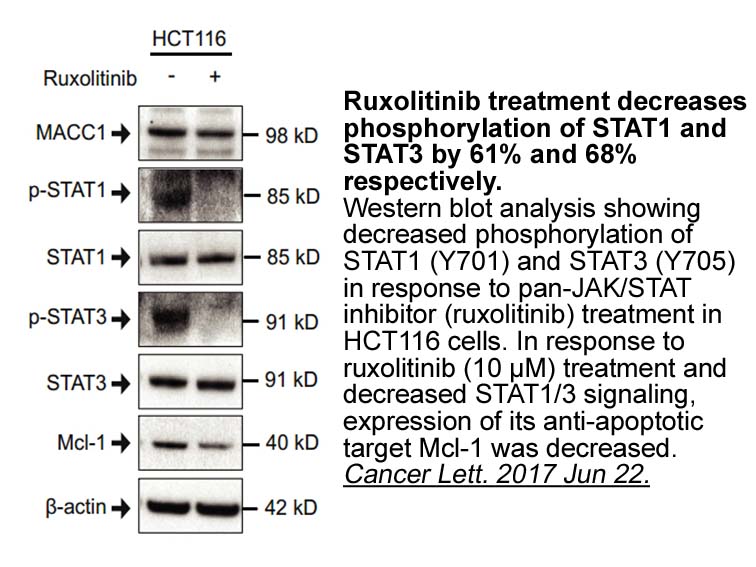
Materials and methods Results Discussion Pulmonary fibrosis is a progressive and chronic lung disease and its typical features include Prestained Protein Marker (Triple color, EDTA free, 10-250 kDa) proliferation, epithelial injury, chronic interstitial inflammation, increased extracellula
-
br Materials and Methods br Results br Discussion XHP is
2025-04-10
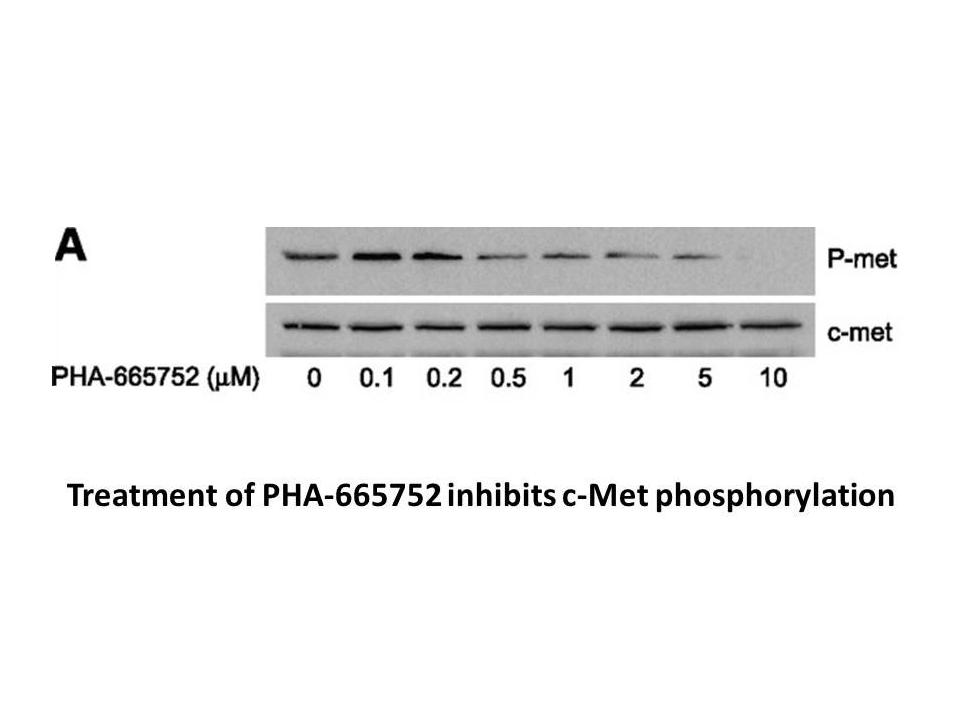
Materials and Methods Results Discussion XHP is a traditional Chinese anti-cancer medicine that is widely used for the treatment and adjuvant treatment of breast cancer. XHP has been shown to induce apoptosis in various breast cancer VX-765 in vitro, including Hs578T, MCF-7, and MDA-MB231 c
-
The leaves of Bambusa nutans B vulgaris B
2025-04-09
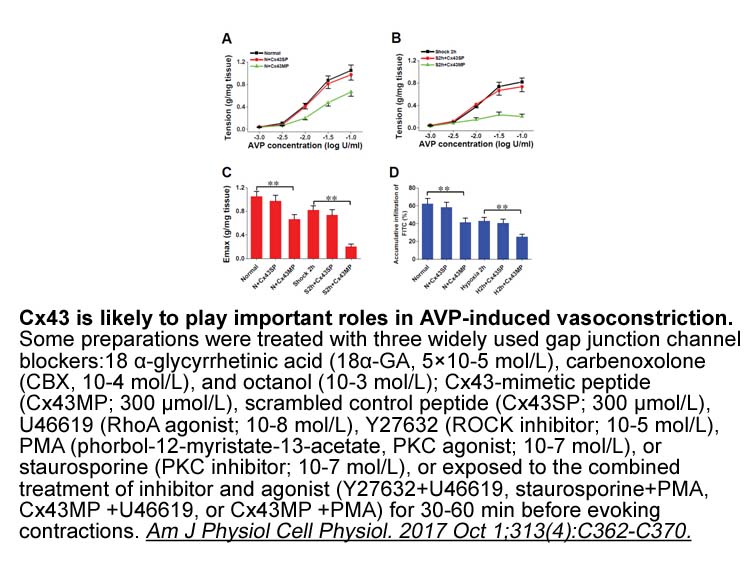
The leaves of Bambusa nutans, B. vulgaris, B. textilis McClure, B. vulgaris var. vittata, and Dendrocalamus oldhami are reported as promising natural alternatives to synthetic antioxidants as functional food ingredients (Tripathi et al., 2015). Luo et al. (2015), identified two novel flavonoids name
-
Aprotinin MADS box proteins are combinatorial transcription
2025-04-08
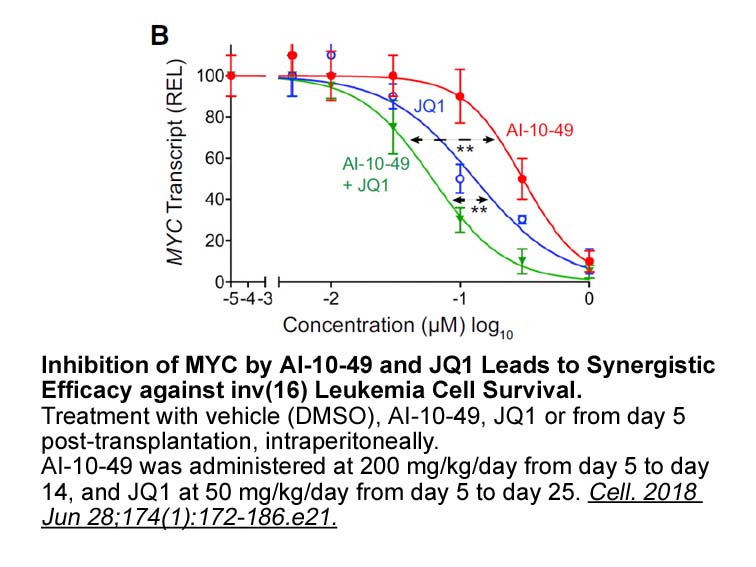
MADS box proteins are combinatorial transcription factors in that they often derive their regulatory specificity from other DNA binding or accessory factors. In many cases, the cofactor with which MADS box proteins interact specifies which genes are regulated, when they are regulated and if these ge
-
Although the gene that encodes DHFR
2025-04-07
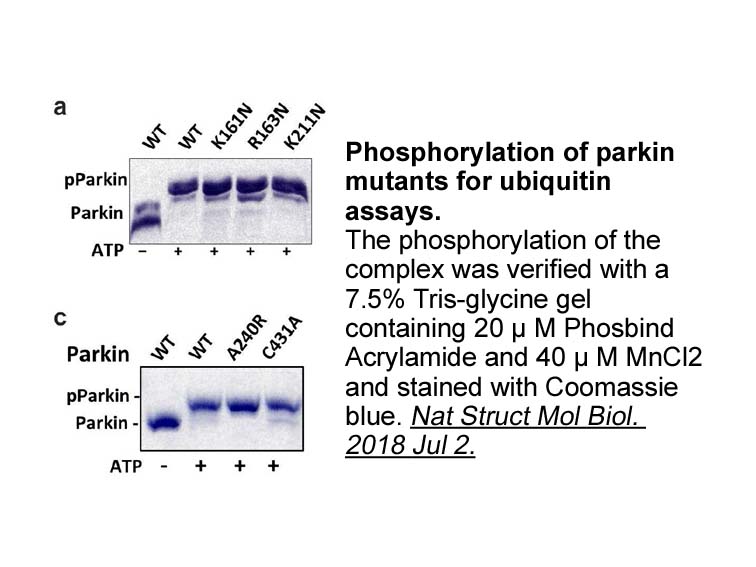
Although the gene that encodes DHFR has been strongly conserved during evolution, subtle differences in the active sites of bacterial, human and parasite HotStart™ 2X Green qPCR Master Mix have been exploited to develop DHFR inhibitors specific to particular pathogens 1, 3. For example, pyrimethami
-
Growth inhibition assays are the most commonly
2025-04-03

Growth-inhibition assays are the most commonly used to identify antifungal small molecules. However, they have several facts that limit their use since many pathogenic fungi grow as filaments making difficult a correlation between growth and OD (optical density). They are not useful for identifying
-
In summary present evidence suggests that antimicrobial
2025-04-03

In summary, present evidence suggests that antimicrobial therapy for intra-abdominal sepsis can be shortened in patients exhibiting a clinical response to treatment. Hence, clinicians should use the resolution of clinical signs of infection as a guide to determine when during the 4–7-day window anti
-
br Concluding Remarks Despite major advances in the developm
2025-04-03
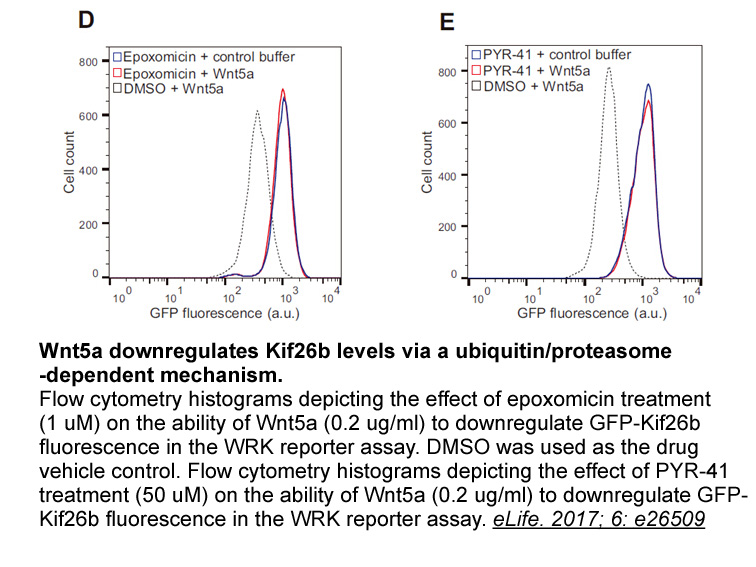
Concluding Remarks Despite major advances in the development of antibody and small-molecule tumor angiogenesis inhibitors, therapy resistance, both innate and acquired, continues to limit further survival improvements for patients with cancer. Preclinical models of localized primary tumors and me
-
br Introduction Heart Failure HF is a major
2025-04-01
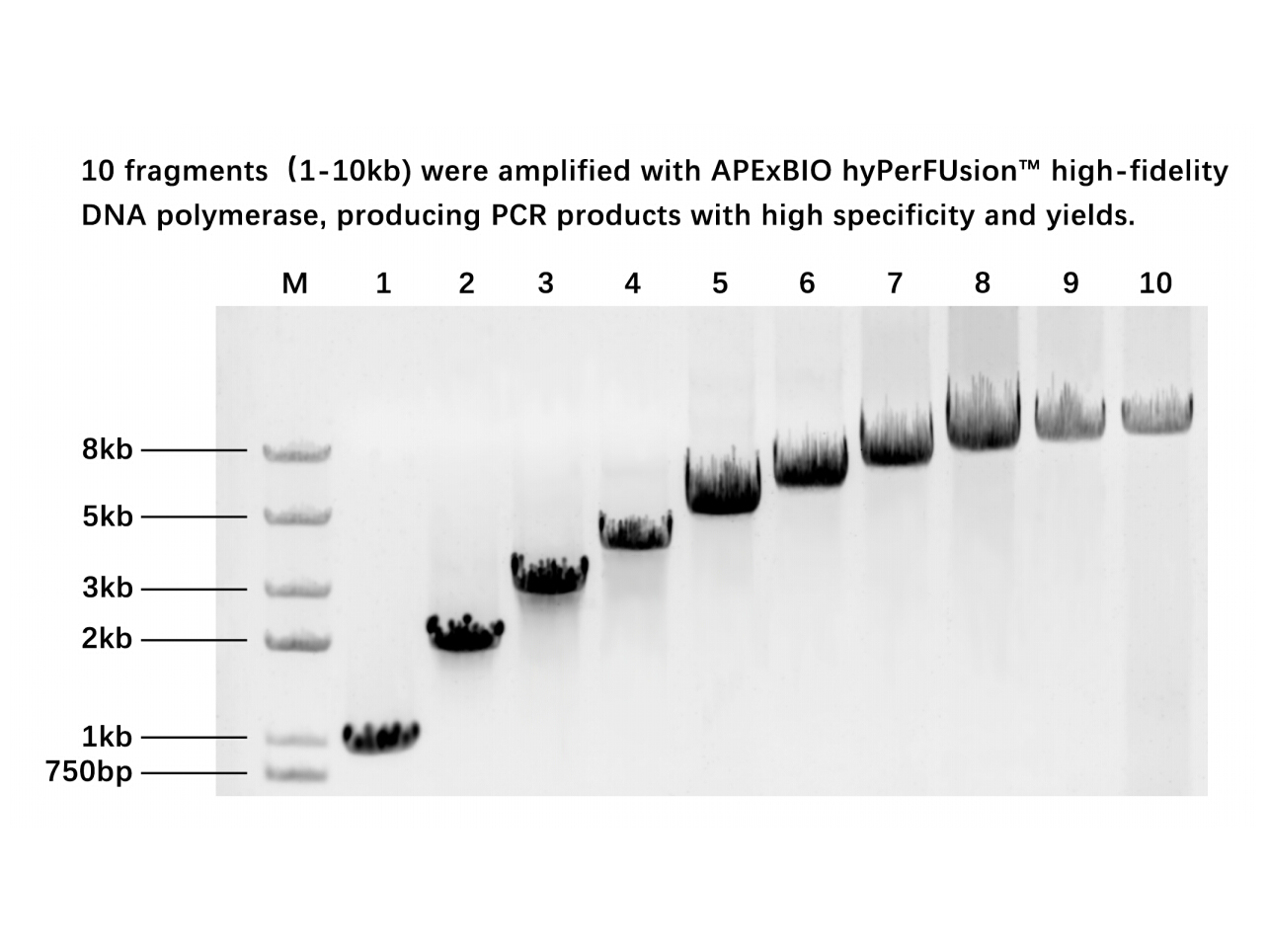
Introduction Heart Failure (HF) is a major and growing health challenge in India and the developing countries. It is one of the most important causes of morbidity and mortality in the industrialized world. The incidence and prevalence estimates of HF are unreliable in India because of the lack of
-
What are the in situ effects
2025-04-01
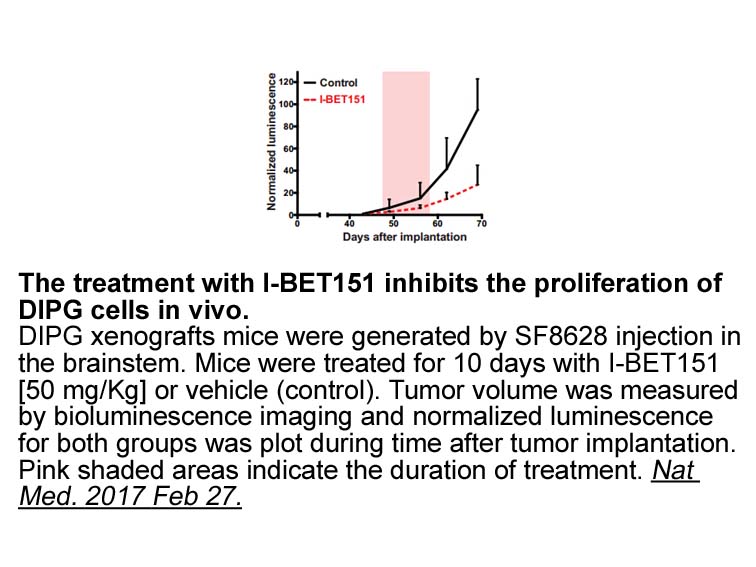
What are the in-situ effects of multi-site CaM associations with AT1R? Kai et al. showed that synthetic peptides corresponding to residues 125–137 (rat sequence) in SMD2, 217–227 in the N-terminal side of SMD3, and 304–316 in SMD4JM inhibit to various degrees AngII-induced GTPase activity of isolate
-
Moreover a multiple regression analysis using
2025-03-29
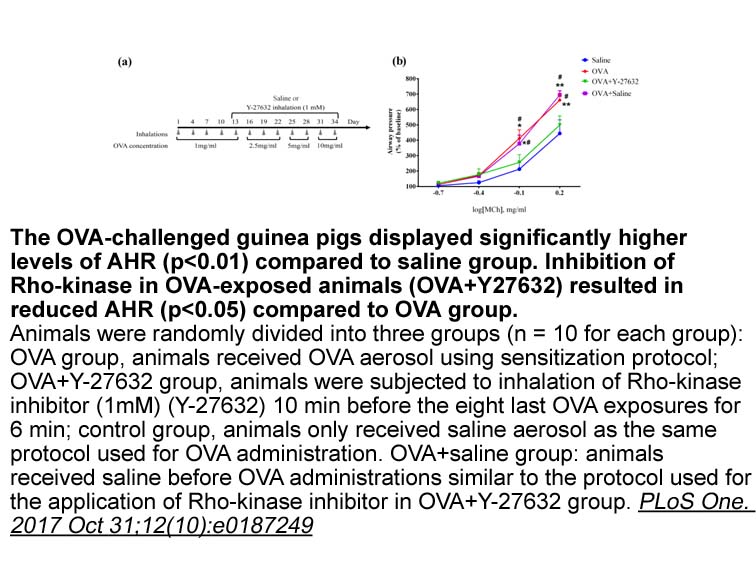
Moreover, a multiple regression analysis using the 1-year MMSE score as a dependent variable was conducted. The result showed that serum 2X Taq PCR Master Mix (with dye) levels at admission did not affect the MMSE score 1 year later (β = 0.10, p = 0.639). Discussion In this study, serum Aβ42 le
-
Recently Kamoshita et al evaluated
2025-03-28
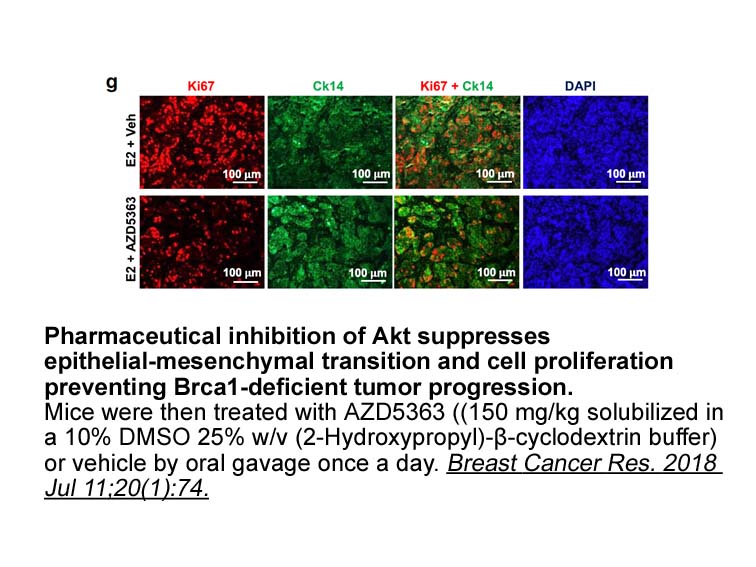
Recently, Kamoshita et al. (2016) evaluated a mouse model of retinal neuronal disturbance with the intraperitoneal injection of LPS and found that treatment with AICAR suppressed the reduction of conical function and decreased mRNA levels of TNF-α as well as improved mRNA levels of the mitochondrial
-
Pathogen infected macrophages release exosomes associating
2025-03-27
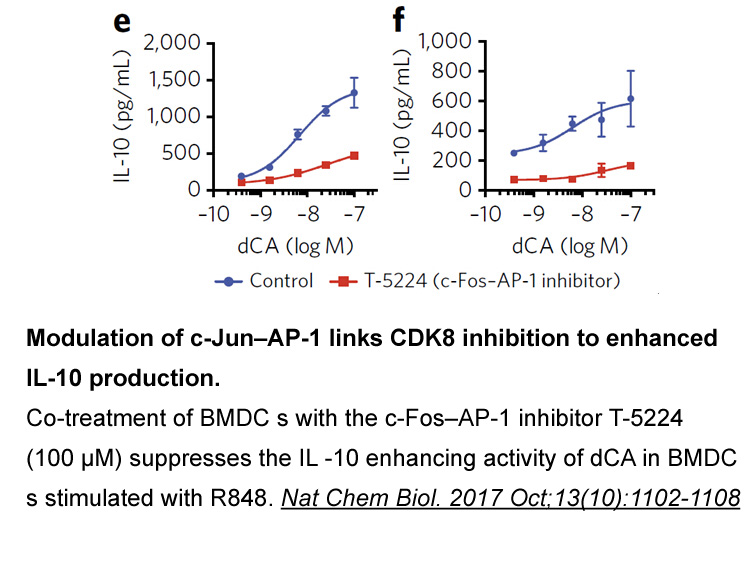
Pathogen-infected EZ Cap™ Cy5 Firefly Luciferase mRNA (5-moUTP) release exosomes associating with pathogen-associated molecular patterns (PAMPs) such as LPS and lipoprotein derived from microorganisms [29,30]. Exosomes released by bacterially infected, but not uninfected, macrophages stimulate macro
-
br Guava tea leaves inhibit leukocyte
2025-03-26

Guava tea leaves inhibit leukocyte-type 12-lipoxygenase activity Guava tea that is extracted from guava leaves contains a number of polyphenols, and is commonly taken as a dietary supplement. The extracts show a variety of beneficial effects such as antioxidative, anti-inflammatory and antiprolif
-
br Results br Discussion By using an
2025-03-25
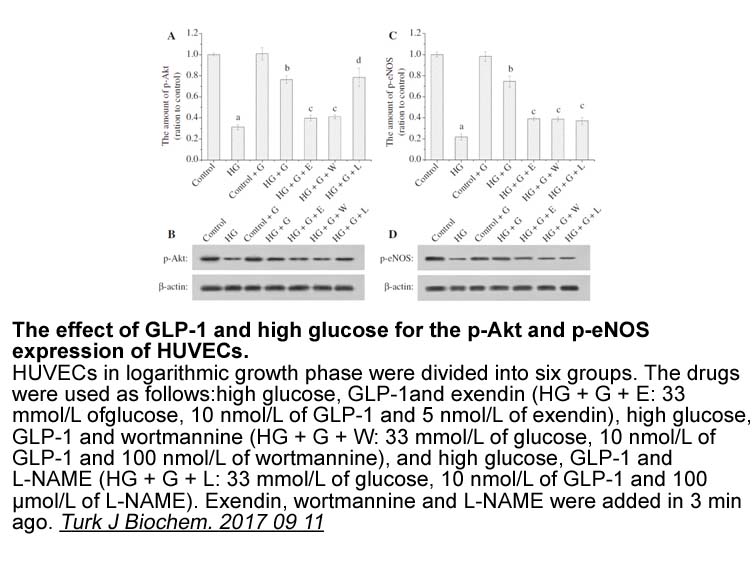
Results Discussion By using an unbiased proteomic screen for xCT binding partners, followed by functional validation, we have made the surprising discovery that mTORC2 regulates amino EZ Cap™ Firefly Luciferase mRNA (5-moUTP) metabolism in tumor cells by phosphorylating serine 26 of the cysti